A brave New Art World
part 2
The Ghost in the Machine
Art and technology appear to be diametrically opposite phenomena, yet they both continue to shape the world. Perhaps they have both been around for millennia: the great pyramid in Egypt could have been an electrical power transmitter at the same time humans were drawing elegant figures of animals on fire-lit cave walls. Today art and technology are big partners in the availability and presentation of visual images. But with respect to art, it is important to be aware that visual images on screens are not art but pictures of art. They can serve a function in providing a glimpse of the physical, aesthetic world of color, texture, and scale but something vital has been lost in an attempt to reduce physical reality to digital reality as if they were the same thing.
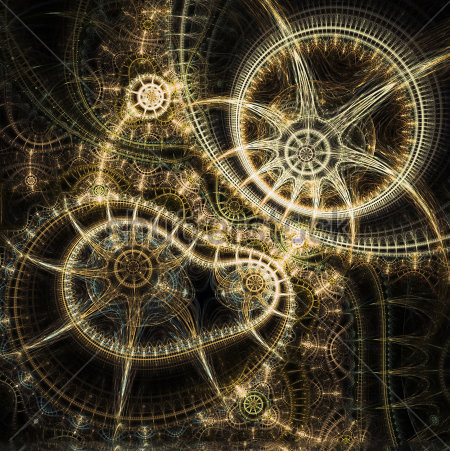
In philosophy, Rene Descartes' dualistic mind/body model has been described as the ghost in the machine. In contemporary times we accredit this ghost to digital or technological glitches and problems that cause otherwise perfectly rational machines ie. computers, to function in unpredictable or undesirable ways.
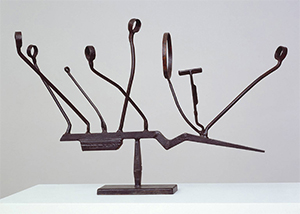
Agricola IX 6.15 ft × 4.6 ft × 2 ft
David Smith sculpture
Perhaps this ghost is capable of making ghosts out of actual physical art. This is especially true for 2D digital viewings of sculpture where you cannot walk around the piece and see the kaleidoscope of images created in a continuous stream of moving compositions. Filtered through the digital media, paintings have also lost their tactile quality, the precious sense of touch that you feel when you look at abstract art in particular. The subtle value of two dimensional art residing largely in the sense of human touch is often taken for granted but it is this essence that needs to be preserved for the true appreciation of the artwork.
A New Creative Tool?
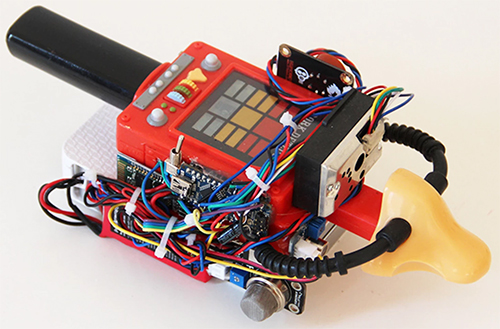
A mobile device that takes a "snapshot" of dust and gas pollution and turns it into digitized images
However, the artistic contemplation of technology per se can inspire compositions of great mystery and intrigue. “The job of the artist is always to deepen the mystery”. -Francis Bacon. Visualizing the invisible ways technology communicates through wifi, the cloud, electronic impulse, laser beams, radio waves, cell phone transmissions, etc. can be a stimulating source of design material to fire the imagination and inform the cotton as well as the digital canvas, the latter offering a huge arena for an alternate form and process of expression that challenges our perceptions anew. For example, an artist in Russia has devised an olfactory sensing mechanism that translates air pollution into shapes and colors, beautifying dirty air in the process. Exhaust fumes can be made beautiful through digital manipulation. Can work like this be considered pure art or only a kind of artistic synchronicity?
Does technology facilitate a sort of parallel world of simulated art? Can art exist convincingly in the immaterial ephemeral world? It is a controversial subject among the public and the critics. Nevertheless, since the 1960's when digitally generated computer art was recognized as the 'new media' artform, artists have reveled in the opportunity to operate in completely fresh, untouched territory where brand new rules apply, something that perhaps even visionaries like Leonardo Di Vinci could only fleetingly imagine centuries ago.
From Analogue to Digital

Although I am an abstract painter and love the physicality and plasticity of paint in the time honored tradition of brush application, like many other artists I could not resist the temptation to create digital art on the computer. Skeptically I originally set out to prove to myself that fine art must be made with the human hand in intimate contact with the medium. In experimental mode I plunged into new territory and found that creating abstract images on the computer was much more difficult and challenging than ever imagined. Incorporating techniques from photography, collage, traditional print-making, digital manipulation, drawing and painting, the images were developed incrementally in Photoshop Elements. In layer after layer of visual information, interesting and abundant variations of the image were produced in intriguing bewilderment, shuffled endlessly, and then printed on the particular archival substrate that most enhanced the emotional and visual qualities of the image. It is a delight to purchase specially prepared hand crafted papers to print on that rival centuries old watercolor and printmaking papers. With a flat bed pigment ink printer I was also able to print on rigid substrates. Due to the difference between back-lit and hard copy, often the printing process involved adjusting the digital image and printing several versions until the end product matched my intentions. As revolutionary as the invention of the wheel, I was on a pixelated quest for digital truth. And the results of my philosophical experiment to challenge the integrity of computer generated art? I discovered that art is made in the brain and/or heart and that the hand or the technological substitute is only a willing servant. However I also discovered the limitations of this artform in the barren surface quality of the work which for me was an undesirable factor. To see more of my digital creations please visit my print website.
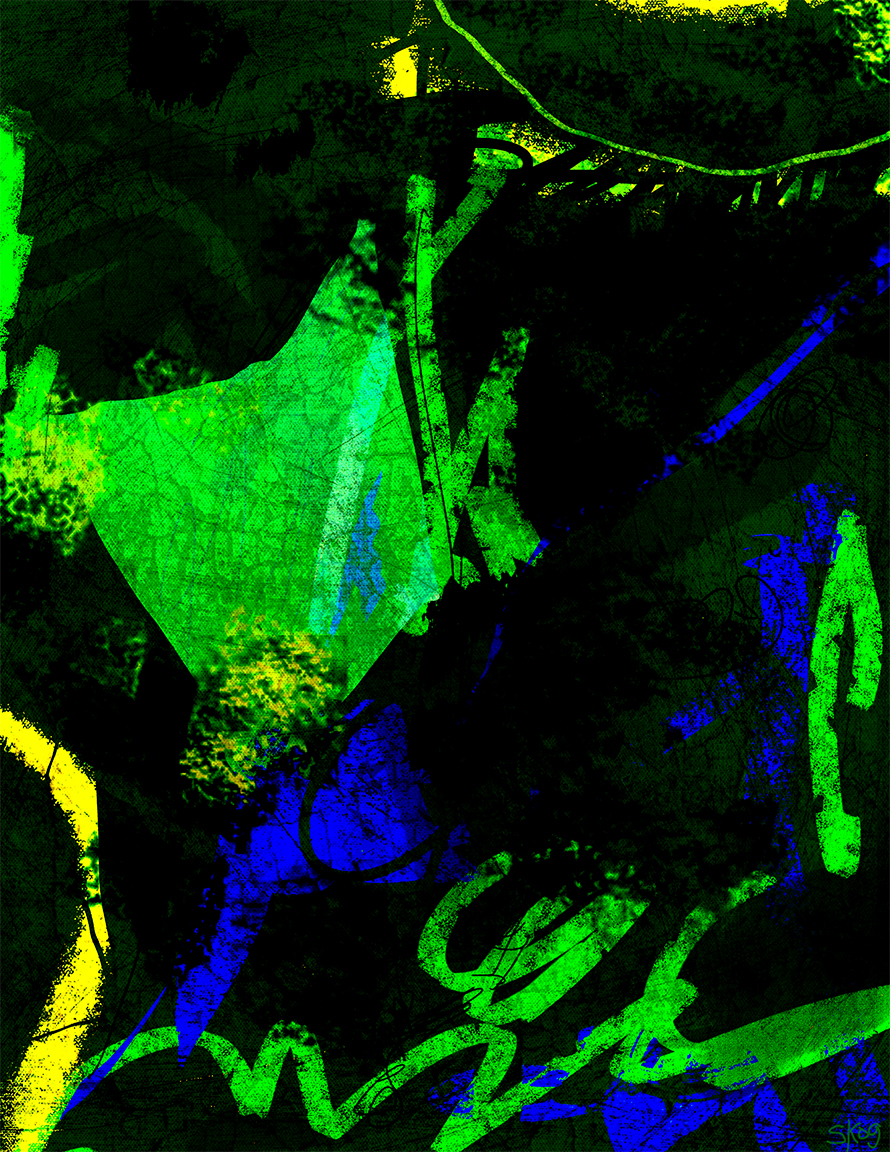
Paso Doble
digital monoprint 16 x 20 in.
© W. Skog
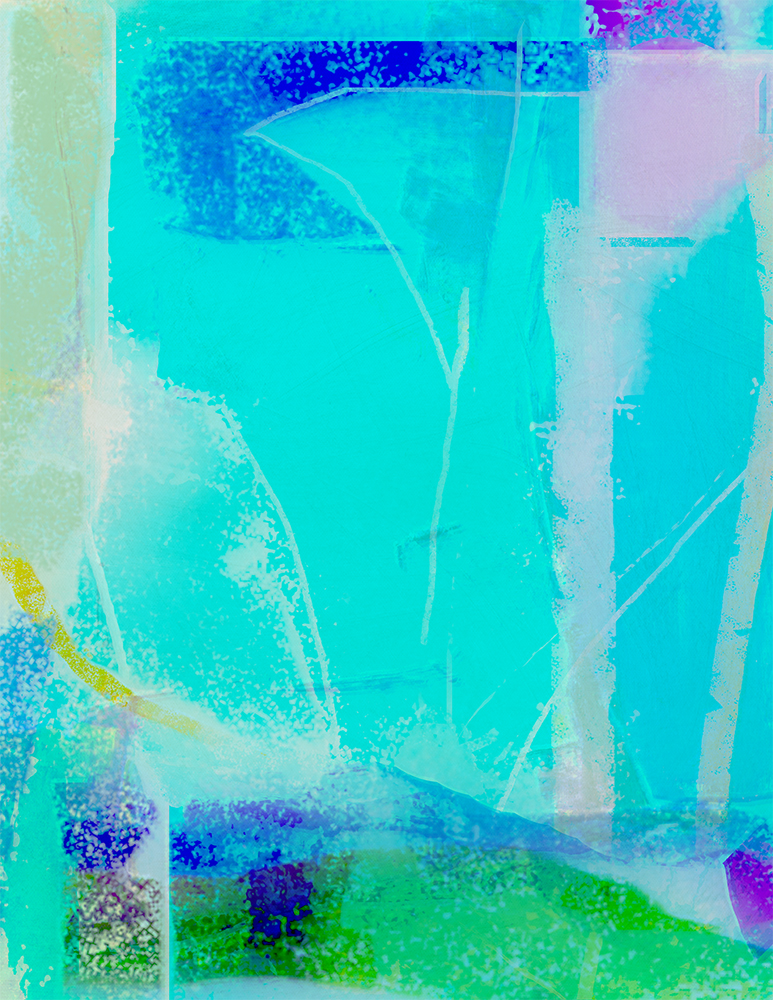
Make the Sky Forever Blue
digital monoprint 16 x 20 in.
© W. Skog

Today it cannot be denied that technology is redefining art in innovative and sometimes strange ways even with the lack of consensus about the validity of technologically created art and the common recriminations that it oversimplifies the process of art-making and fractures the direct bond between the artist and the art being produced. However, in my digital experiment I found it difficult and process-labored to produce images that had comparable sensitivity to my paint on canvas works. To successfully create art with this process requires a sophisticated rendering that is removed from direct application but may be even more complicated than traditional art-making. For artists breaking the boundaries of creativity, it may yet be a gamble that this kind of work will be respected and taken seriously despite the seductive sleekness of the product.
See more blog posts by Canadian artist Wendy Skog.
See part 1 of this article ...here
wendy skog abstract art studio copyright 2022 all rights reserved